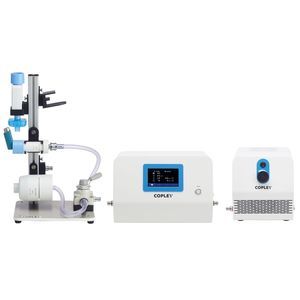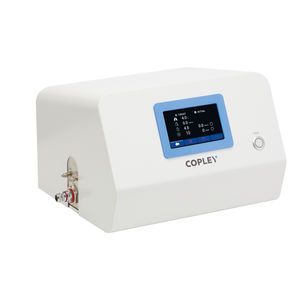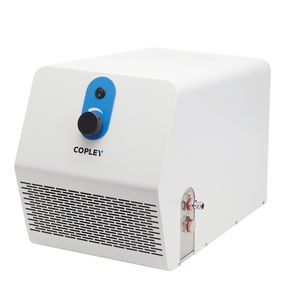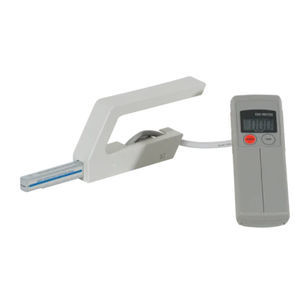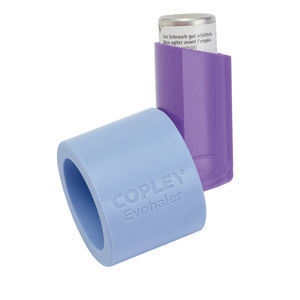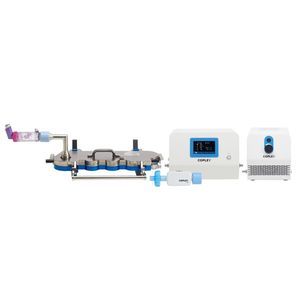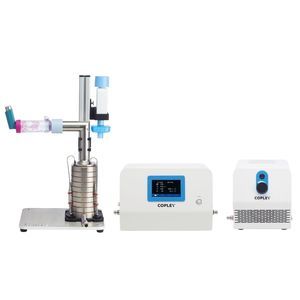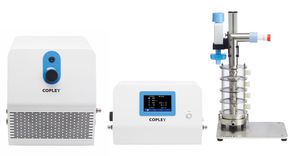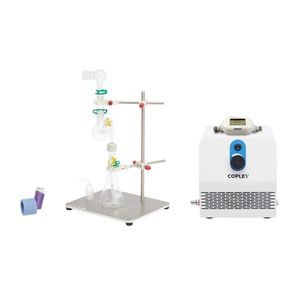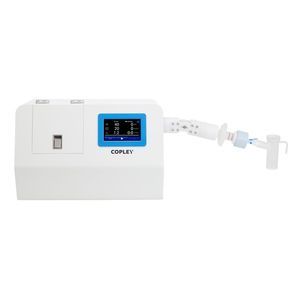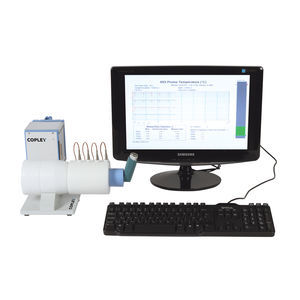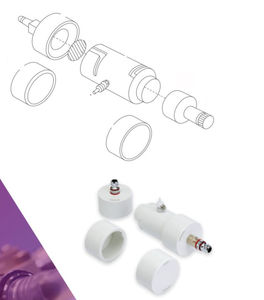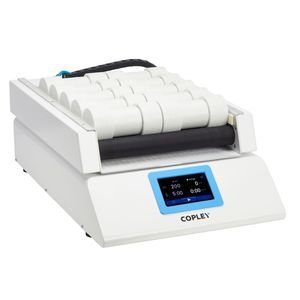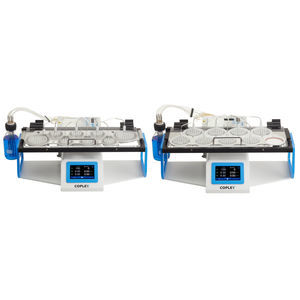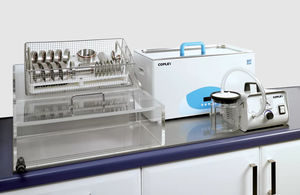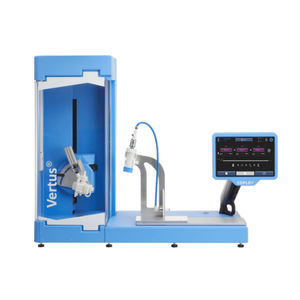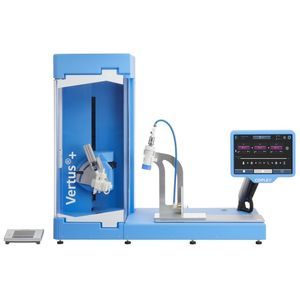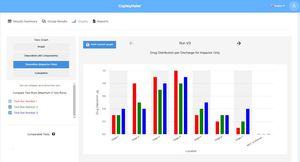
Air flow tester 9120inhaledfor the pharmaceutical industrybenchtop
Add to favorites
Compare this product
fo_shop_gate_exact_title
Characteristics
- Tested parameter
- air flow, inhaled
- Applications
- for the pharmaceutical industry
- Configuration
- benchtop
Description
Device mishandling and poor technique are widely recognised issues associated with the use of inhalers, resulting in inadequately controlled respiratory disease and an over-reliance on emergency remedies. Copley offers solutions to aid those developing inhaled drug devices and products in understanding the impact of poor patient technique on the critical quality attributes (CQAs) of inhalers to help optimise inhaler designs for more robust drug delivery.
Exhalation into the inhaler mouthpiece prior to the inhalation step is a commonly reported error in patient technique associated with inhaler use. For Dry Powder Inhalers (DPIs), exhaling into the mouthpiece may result in the dose clumping and adhering to the inner mouthpiece surfaces, compromising drug delivery to the patient.
Investigating the impact of exhalation through a device complements current EMA/ISO guidance on understanding device robustness and evaluating performance under conditions simulating patient use.
Replicating the effects of a patient exhaling into a device mouthpiece prior to the inhalation step, the Patient Exhalation Simulator (PES) enables developers to assess how device misuse impacts the CQAs of the inhaler, to empower device design optimisation and ensure robust drug delivery.
Simple to use
Easy to set-up, with minimal maintenance required
Ideal for assessing a wide range of patient profiles
Air flow to inhaler: Exhalation simulations are performed by directing warm, humid air at the inhaler mouthpiece for a set period of time.
Air flow to waste: At the end of the timed exhalation, the air flow is directed to ‘Waste‘ via a manually controlled valve.
Catalogs
Driving Results in Inhaler Testing
332 Pages
Related Searches
- Laboratory analyzer
- Medical device analyzer
- Control analyzer
- Temperature analyzer
- Analyzer for the pharmaceutical industry
- Flow analyzer
- Calibration analyzer
- Analyzer with touchscreen
- PH analyzer
- USB analyzer
- Disintegration tester
- Measurement device
- Flowability tester
- Density analyzer
- Flow-through analyzer
- Hand-held measuring meter
- Thickness testing system
- Powder flowability testing system
- Friability tester
- Tablet tester
*Prices are pre-tax. They exclude delivery charges and customs duties and do not include additional charges for installation or activation options. Prices are indicative only and may vary by country, with changes to the cost of raw materials and exchange rates.



